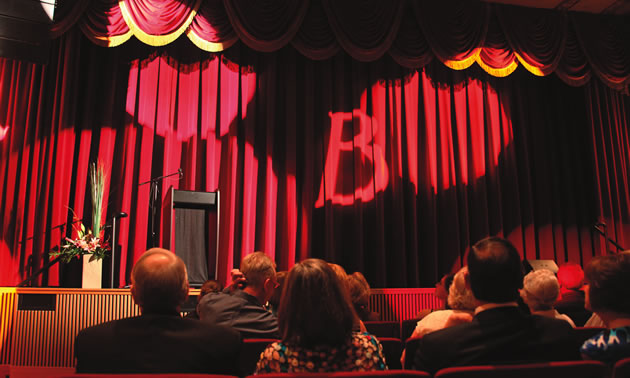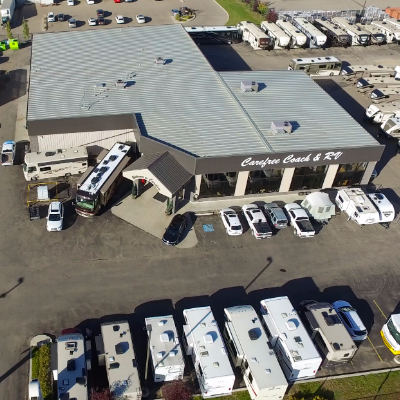The show will go on
Camrose's Bailey Theatre is a beautifully restored facility used today for performances and other events

Situated on a historic main street in Camrose, Alberta, among more than 20 restored storefronts prime for sightseeing and shopping, is the Bailey Theatre—a beautifully restored facility with roots in vaudeville and a history rich in drama of other kinds.
Its founder, Camille David, was born in Montreal, Quebec, but moved out west with a government land grant he earned fighting in the Riel Rebellion. David settled in the Battle River Valley southeast of Camrose, where he became a successful rancher; he eventually moved to Camrose, where he owned a liquor and tobacco store and was part-owner of the Arlington Hotel.
The changing faces of the Bailey
In 1911 David built the theatre—known briefly as the Camrose Opera House. Its original structure consisted of the hall and stage, with dressing rooms beneath. He sold the property in 1919 to Stan Bailey, who changed the name in 1920 and commissioned architect Edmund Wright out of Edmonton to design an Edwardian commercial-style brick front for the building in 1921.
At the same time, the balcony, curved stairs and projection room on the second floor were added. In the late '30s or mid-'40s, the front facade was changed to an art deco style with black Carrera glass surrounding octagonal windows with white stucco and black racing stripes.
David Roth, an architect with Holland Roth Architects, said the theatre has seen many guests over the years and has been a venue for dances, community gatherings, boxing matches and political rallies, aside from its original use as a stop for vaudeville shows.
In the '20s and '30s, the theatre showed silent movies, and in 1935 Peacock Alley birthed a new generation of talkie films at the Bailey that lasted until 1996, when a multiplex opened up at the local mall and the competition was too stiff. The Bailey was then boarded up.
Bringing new life and new purpose
“In 1998 the Bailey Theatre Society was formed and acquired the building from Landmark Cinemas for $1,” said Roth.
Renovations to the building were put on hold because of a lack of funding, but two years ago a private donation kick-started the work, and fundraising—along with provincial and federal grants—led to an $8.1-million renovation of the Bailey Theatre that was completed in May 2011.
The theatre is full of windows to the past—literally. Old posters were pasted to the front of the building from 1911 to 1920 when it was just the auditorium. This year, windows were constructed into the wall and stairwell so the posters are visible.
One of the theatre’s most unusual and prized attractions is the writing on the wall in one dressing room; here, performers and actors signed their names and left messages for others on the circuit.
“There are interesting signatures, dates and quotes on the wall,” said Roth, citing Art Fleming—of the Paul Whiteman Orchestra—who wrote that jazz was “the music you take home in your feet” in 1924.
The Georgia Minstrels, The Winnipeg Kiddies and the New York-based San Carlo Opera Company round out an impressive roster of performers who added to what is now a preserved snapshot of history.






